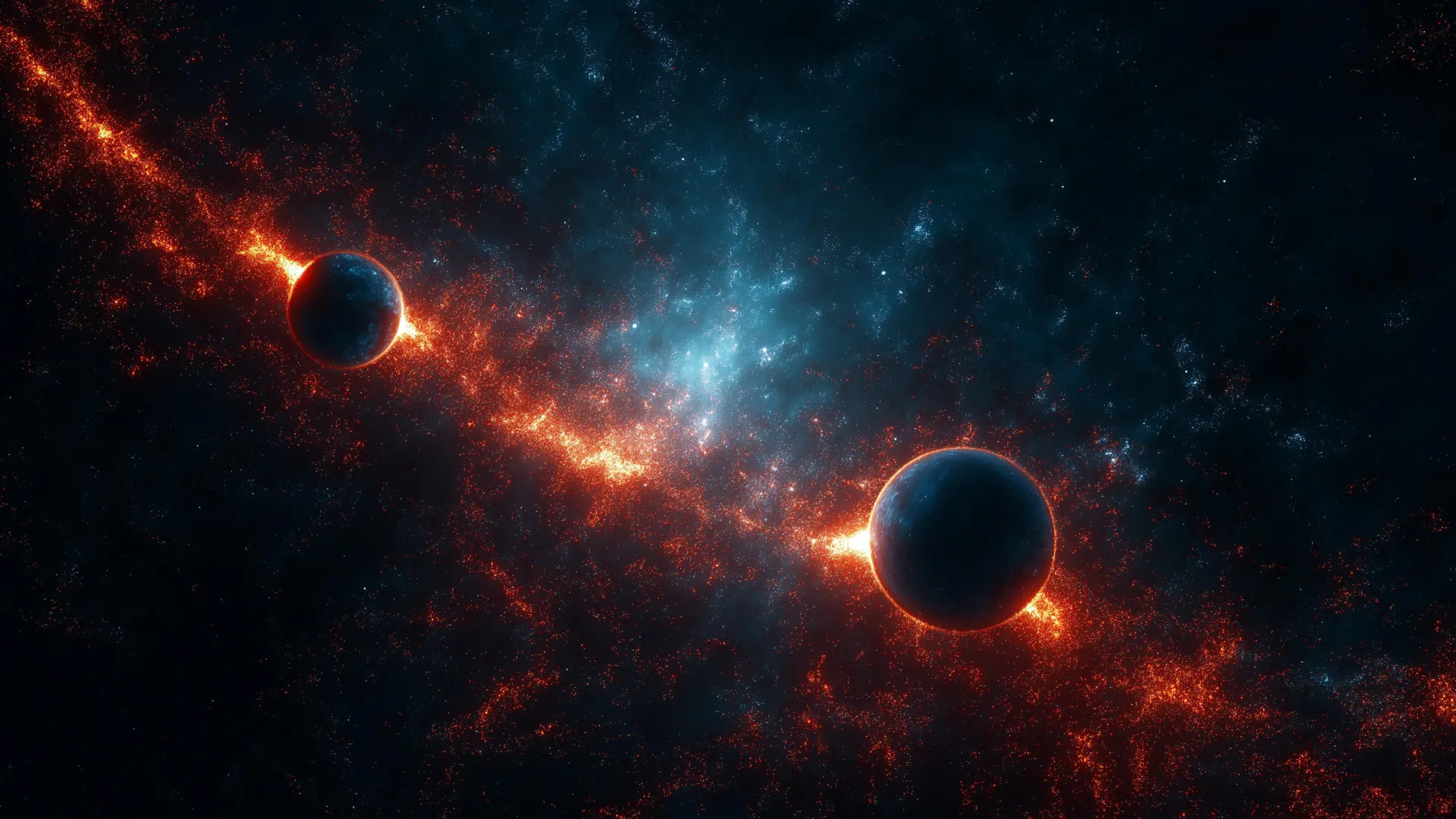These mysterious stars could glow forever using dark matter
- Date:
- July 13, 2025
- Source:
- Durham University
- Summary:
- Imagine a star powered not by nuclear fusion, but by one of the universe’s greatest mysteries—dark matter. Scientists have proposed the existence of “dark dwarfs,” strange glowing objects potentially lurking at the center of our galaxy. These stars might form when brown dwarfs absorb enough dark matter to prevent cooling, transforming into long-lasting beacons of invisible energy. A specific form of lithium could give them away, and if detected, these eerie objects might reveal the true nature of dark matter itself.
- Share:

A new kind of cosmic object could help solve one of the universe's greatest mysteries: dark matter.
Particle Astrophysicists have proposed the existence of a strange new type of star-like object, called a 'dark dwarf', which may be quietly glowing in the center of our galaxy.
Far from being dark in appearance, these unusual objects are powered by dark matter (the invisible substance thought to make up about a quarter of the universe).
The discovery comes from a UK-US research team and the full research findings has been published in the Journal of Cosmology and Astroparticle Physics (JCAP).
Using theoretical models, the scientists suggest that dark matter can get trapped inside young stars, producing enough energy to stop them from cooling and turning them into stable, long-lasting objects they call dark dwarfs.
Dark dwarfs are thought to form from brown dwarfs, which are often described as failed stars.
Brown dwarfs are too small to sustain the nuclear fusion that powers most stars, so they cool and fade over time. But if they sit in a dense pocket of dark matter, like near the Milky Way's center, they could capture dark matter particles.
If those particles then collide and destroy each other, they release energy keeping the dark dwarf glowing indefinitely.
The existence of these objects depends on dark matter being made of specific kinds of particles, known as WIMPs (Weakly Interacting Massive Particles).
These are heavy particles that barely interact with ordinary matter, but could annihilate with one another inside stars, providing the energy needed to keep a dark dwarf alive.
To tell dark dwarfs apart from other faint objects like brown dwarfs, the scientists point to a unique clue: lithium.
The researchers believe dark dwarfs would still contain a rare form of lithium called lithium-7.
In normal stars, lithium-7 gets burned up quickly. So, if they find an object that looks like a brown dwarf but still has lithium-7 that's a strong hint it's something different.
Study co-author Dr Djuna Croon of Durham University, said: "The discovery of dark dwarfs in the galactic center would give us a unique insight into the particle nature of dark matter."
The team believes that telescopes like the James Webb Space Telescope could already be capable of spotting dark dwarfs, especially when focusing on the center of the galaxy.
Another approach might be to look at many similar objects and statistically determine whether some of them could be dark dwarfs.
Finding just one of these dark dwarfs, the researchers say, would be a major step towards uncovering the true nature of dark matter.
Story Source:
Materials provided by Durham University. Note: Content may be edited for style and length.
Journal Reference:
- Djuna Croon, Jeremy Sakstein, Juri Smirnov, Jack Streeter. Dark dwarfs: dark matter-powered sub-stellar objects awaiting discovery at the galactic center. Journal of Cosmology and Astroparticle Physics, 2025; 2025 (07): 019 DOI: 10.1088/1475-7516/2025/07/019
Cite This Page: